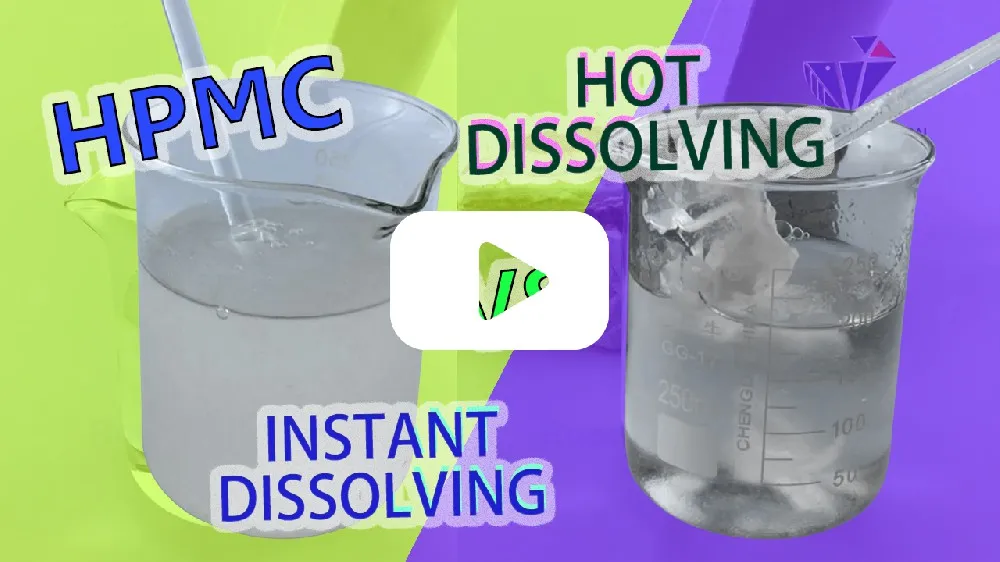
Dec . 09, 2024 20:19 Back to list
HPMC Safety Guidelines for Effective and Responsible Use in Various Applications
HPMC Safety Understanding and Mitigating Risks Associated with Hydroxypropyl Methylcellulose
Hydroxypropyl Methylcellulose (HPMC) is a widely utilized polymer in various industries, including pharmaceuticals, food, cosmetics, and construction. Known for its non-toxic, hydrophilic, and film-forming properties, HPMC has become an essential ingredient in numerous applications. However, despite its advantageous characteristics, ensuring safety in the handling and use of HPMC is paramount to prevent potential health risks and environmental concerns.
Chemical Properties and Uses of HPMC
HPMC is a cellulose derivative that is soluble in water, forming a gel-like consistency that can be modified to achieve desired thickness and viscosity. It is commonly used as a binder in pharmaceutical formulations, a thickening agent in food products, and an adhesive in construction materials. Given its versatility, HPMC is an attractive choice for manufacturers, which raises questions about its safety during manufacturing, usage, and disposal phases.
Health Risks Associated with HPMC
While HPMC is generally recognized as safe (GRAS) by regulatory bodies, certain safety considerations must be taken into account. Exposure to HPMC dust, particularly during the manufacturing or handling processes, can lead to respiratory issues if inhaled. Furthermore, inadvertent skin contact may cause irritation in some individuals, emphasizing the need for appropriate personal protective equipment (PPE) during handling.
In the pharmaceutical realm, HPMC is employed in controlled-release formulations and as an excipient; however, the rigorous testing of medications is critical to ensure that HPMC does not interfere with drug absorption or efficacy. Some individuals may exhibit allergies to cellulose derivatives, and therefore, manufacturers must consider potential allergic reactions when formulating products.
Environmental Considerations
HPMC is biodegradable, which reduces its environmental impact compared to non-biodegradable synthetic polymers. Nonetheless, waste management practices related to HPMC production and usage need to be implemented to mitigate risks. Disposal of HPMC-laden products or by-products into landfills or water bodies can lead to environmental contamination, which underlines the importance of effective waste disposal mechanisms.
Best Practices for HPMC Safety
hpmc safety

To minimize risks associated with HPMC, it is essential to adopt best practices throughout its lifecycle—from production to usage and disposal.
1. Personal Protective Equipment Workers involved in the production or handling of HPMC should wear appropriate PPE, including masks, gloves, and goggles, to reduce the likelihood of exposure to dust and prevent skin contact.
2. Ventilation Adequate ventilation in manufacturing and processing areas is vital to minimize inhalation risks. Employing local exhaust ventilation systems can effectively reduce airborne concentrations of HPMC.
3. Training and Awareness Educating employees about HPMC’s properties and associated risks is crucial. Regular training sessions can ensure that workers understand the proper handling techniques and emergency procedures in case of accidental exposure.
4. Substitution and Formulation Testing Manufacturers should consider substituting HPMC with alternative compounds when possible, especially in sensitive applications. Moreover, thorough testing of formulations for compatibility and allergic reactions is essential.
5. Waste Management Establishing a robust waste management program for HPMC waste is necessary. This includes recycling, reusing, or properly disposing of HPMC-containing materials to prevent environmental contamination.
Regulatory Compliance
It is vital for industries using HPMC to stay updated with the regulations set forth by governing bodies like the FDA, EPA, and OSHA. Compliance with these regulations not only ensures product safety but also promotes environmental sustainability.
Conclusion
In conclusion, while Hydroxypropyl Methylcellulose is a safe and versatile material widely employed across various industries, understanding and mitigating associated risks is essential. By following best practices, ensuring adequate training, and adhering to regulatory guidelines, manufacturers and users can significantly enhance the safety of HPMC in their applications. With the growing focus on health and environmental sustainability, prioritizing HPMC safety will contribute to better industry practices and consumer confidence.
-
Versatile Hpmc Uses in Different Industries
NewsJun.19,2025
-
Redispersible Powder's Role in Enhancing Durability of Construction Products
NewsJun.19,2025
-
Hydroxyethyl Cellulose Applications Driving Green Industrial Processes
NewsJun.19,2025
-
Exploring Different Redispersible Polymer Powder
NewsJun.19,2025
-
Choosing the Right Mortar Bonding Agent
NewsJun.19,2025
-
Applications and Significance of China Hpmc in Modern Industries
NewsJun.19,2025







